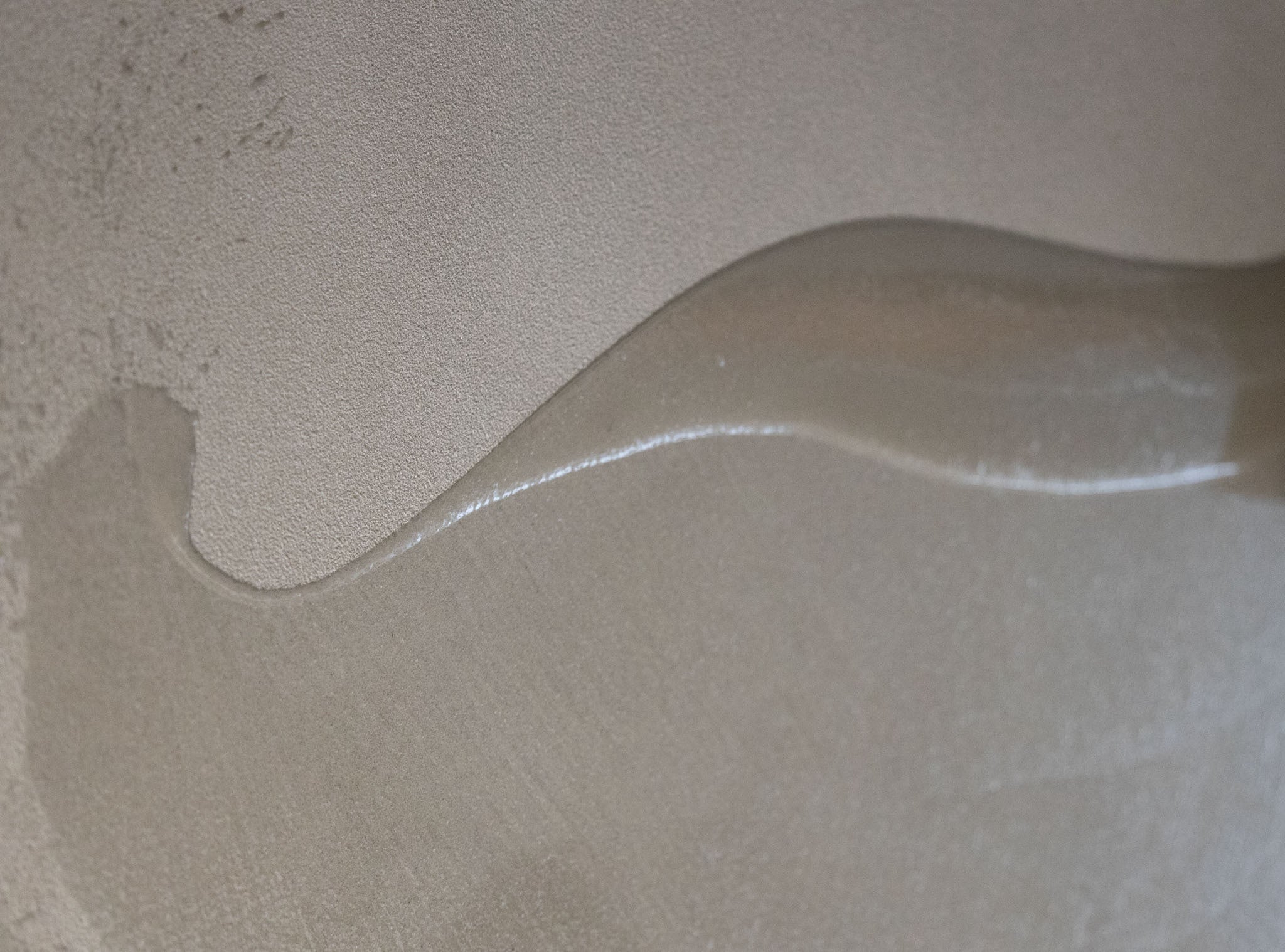What should the surface moisture level be for applying a vapor barrier?
To correctly apply a vapor barrier, it is crucial that the surface on which it is applied is dry and free of excessive moisture. Here are some key points to consider regarding surface moisture:
Surface Moisture Level
- Relative Surface Humidity: The relative humidity of the surface on which the vapor barrier is applied should be below 10%. This value may vary slightly depending on the specific product used and environmental conditions, but keeping it below this level is generally recommended to ensure good adhesion and effectiveness of the barrier.
Moisture Verification
- Measurement: Use a hygrometer or moisture meter to determine the moisture level of the surface before application. This tool provides an accurate reading of the moisture content in the material.
- Optimal Conditions: Ideal conditions for applying a vapor barrier include low ambient humidity and moderate temperature. Avoid very humid or rainy days for application if possible.
Surface Preparation
- Cleaning: Ensure that the surface is clean and free from dust, dirt, oils, or other contaminants that could interfere with the adhesion of the vapor barrier.
- Repairs: Repair any cracks, holes, or damage on the surface before applying the barrier. A smooth and even surface ensures better adhesion and sealing.
Importance of Low Humidity
- Adhesion: A dry surface ensures that the vapor barrier adheres correctly without the risk of bubbles or non-adherent areas.
- Effectiveness: Moisture beneath the barrier can compromise its effectiveness, allowing water vapor to pass through and potentially causing moisture problems within the structure.
Special Considerations
- Specific Products: Some vapor barrier products may have different tolerances for surface moisture. For example, Resingroup RG Bar Plus products have a higher tolerance than average vapor barriers.
- Climates and Seasons: In particularly humid climates or certain seasons, it may be more challenging to maintain surface moisture levels under control. Planning the application during drier periods can help achieve better results. If necessary, a second layer of vapor barrier can also be applied.


